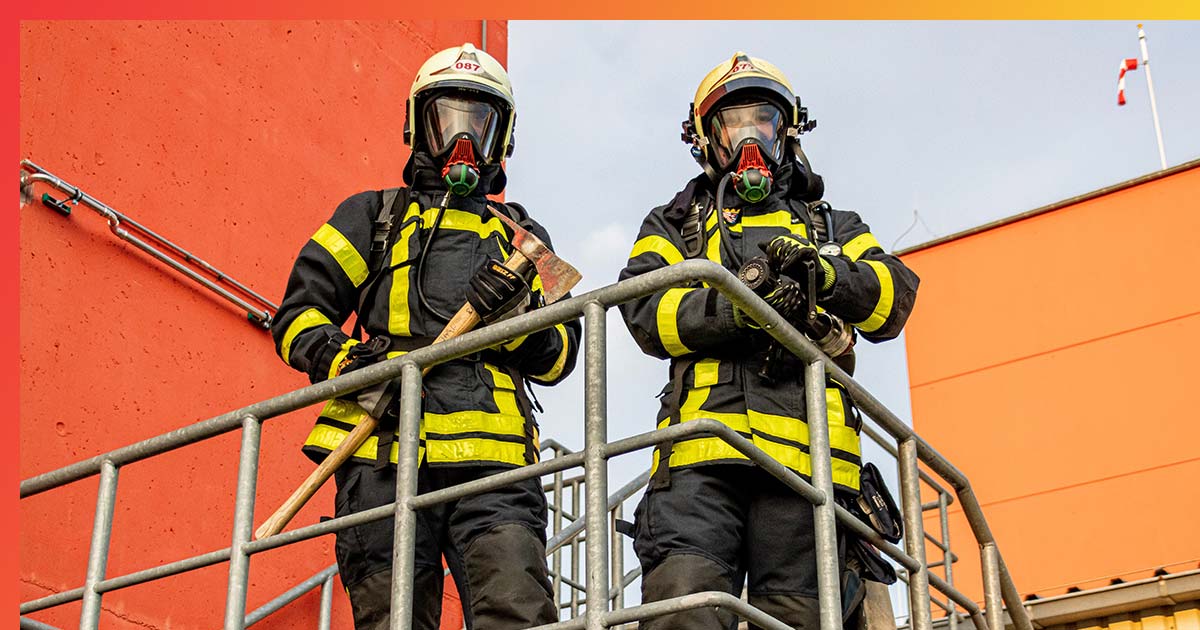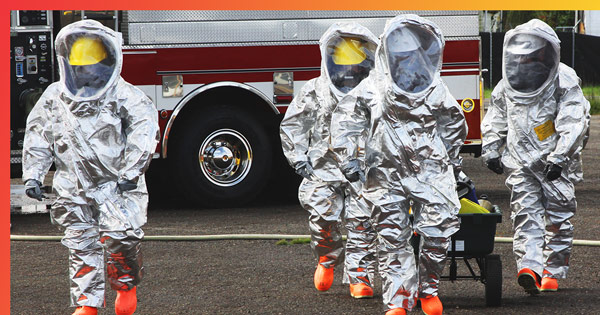40 Hour HAZWOPER
Online / Onsite Group Facility Training
All facilities involved in food processing and cold storage, along with any company housing hazardous chemicals requires 40 hour HAZWOPER training to fully protect the employees, the environment and community. When an incident occurs, your company must have trained personnel to implement safe distance controls that do not expose any employees to danger. It is required by OSHA under the 1910.120(q) standard. This standard lists the elements that must be covered to be in compliance.
Get Started Here
Whether you're looking for a quote or just have questions, our team is standing by to help with your hazmat training needs.
Training Tailored To Your Needs
This course is designed to meet the requirements of OSHA for training emergency response personnel who will respond to leaks or spills of chemicals for the purpose of stopping the leak or spill. It can be tailored to specific chemicals in your workplace. OSHA mandates that all personnel who are expected to respond to spills or leaks must have this training.
The best option is to have on-site presentation training. Due to the subject matter, the course can be more relevant to the student, and site-specific scenarios with walkthroughs can be developed at the time of training when the course is performed on site.
Contact us today to discuss your training needs!
The best option is to have on-site presentation training. Due to the subject matter, the course can be more relevant to the student, and site-specific scenarios with walkthroughs can be developed at the time of training when the course is performed on site.
Contact us today to discuss your training needs!
OSHA 40 Hour HAZWOPER Training
Requirement
OSHA 1910.120
Duration
40 Hours
Description
This course is designed to meet the requirements of OSHA for training of emergency response personnel who will respond to leaks or spills of chemicals for the purpose of stopping the leak or spill. It can be tailored to other specific chemicals in your workplace. OSHA requires that all personnel who are expected to respond to spills or leaks must have this training.
Scope
This course covers:
- Procedures for handling emergency responses
- Written emergency response plans
- Hazards confronting responders
- Material Safety Data Sheets and Terms
- Health effects of Chemicals
- How to prepare for emergencies
- How to decontaminate responders and clean up spills
- Protective clothing
- Self Contained Breathing Apparatuses (SCBA's) and Respirators
- In Depth Reporting requirements
- On Site Surveys
- Placards
- Dot Guidebooks
Who Should Attend
Members of management, engineering, maintenance, refrigeration, safety, production, human resources and security. A good cross section can contribute greatly to the overall effectiveness of any emergency response team.
Related Services
Hazmat Articles

Emergency Response Plan
As we all know, it is imperative that we can rely on our Emergency Response Plans. This is no groundbreaking concept. Yet we often find that we have these cumbersome documents but cannot access the in...
Read More
OSHA’s Requirement for HAZMAT Hands-On Training
Recently, I was asked a question in my class concerning HAZMAT computer-based training. Due to our current situation involving Sheltering in Place, the question seems eerily relevant.
...
Read More
